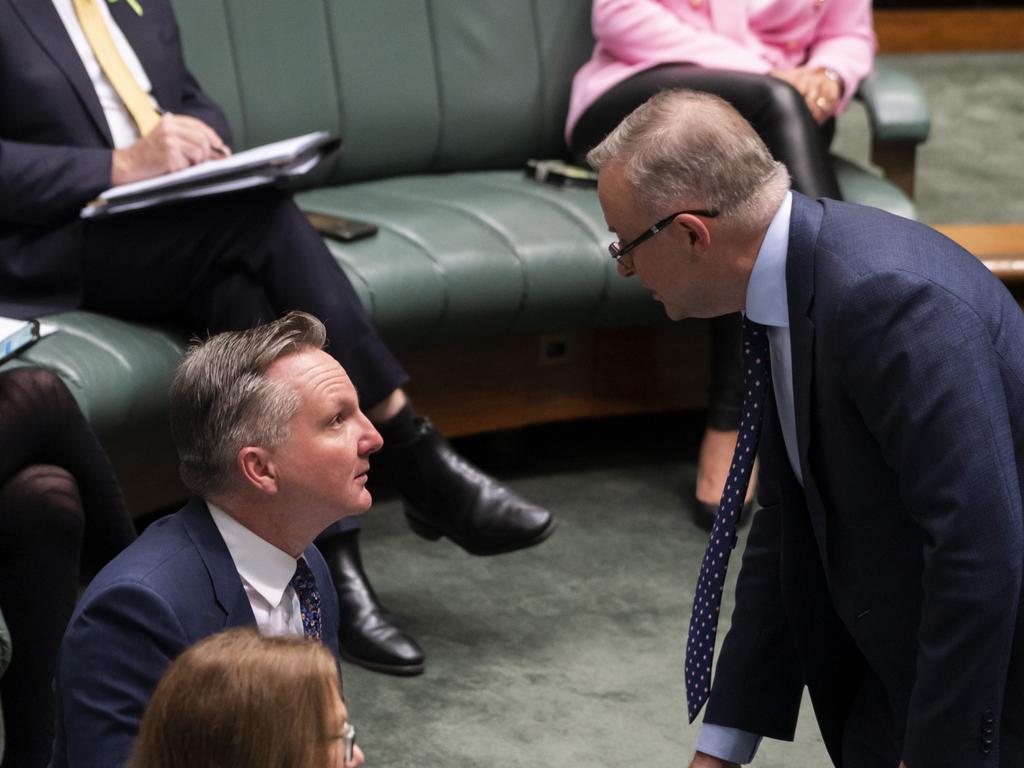
There is a growing gulf between conservative and leftist approaches to climate change. The former is primarily concerned with conservation and practical action, the latter with politics and the drive for perpetual change that characterises revolutionary thought. In the past, when conservatives emphasised local action for environmental care rather than international targets set by political elites, the left dismissed them as retrograde denialists. Climate activists demonstrated the behaviour last week when they hoped out loud that Morrison would be isolated at the G7 summit because he had not committed to the globalist target of net-zero emissions by 2050.
The net-zero target is vitally important to globalist greens because it offers business confidence – a somewhat amorphous term that in the context of climate change often means government funding. However, like most developed nations, Australia is deeply in debt thanks to the Covid pandemic. The trillion-dollar debt bomb forecast for our near future has not dented climate activists’ enthusiasm for divesting from fossil fuels and imposing stricter targets for emissions reduction.

The methods used to strongarm Australia on climate change policies are less considered and more condescending than necessary. Take German company Volkswagen: it has committed to the Paris climate agreement with the stated intention to become carbon neutral by 2050. Sadly, many net-zero advocates are also committed to denouncing those whose views differ. Volkswagen’s local managing director, Michael Bartsch, described the Australian government approach to electric vehicles as “embarrassing”. Speaking to The Sydney Morning Herald, he denied the company wanted subsidies but rather was seeking legislated emissions standards and a target for carbon emissions reductions in the transport sector.
The Driven is a website dedicated to news on the transition to EVs. It reported that a Volkswagen spokesman described Australia as an “automotive third world” that was “positively hostile” to EVs. After the government released the Future Fuels discussion paper in February and ruled out subsidising the EV market with purchasing incentives, lobby group the Electric Vehicle Council claimed it was “another flaccid, do-nothing document”. ECV chief Behyad Jafari echoed the green globalist line that Australia is lagging behind the pack. It is a claim that persists, despite abundant evidence to the contrary.

Australia contributes 1.2 per cent of the world’s greenhouse global emissions. The Australian Climate Change Authority states that light vehicles account for 10 per cent of the nation’s total emissions. As such, converting from combustion engines to battery-powered cars Down Under will make little difference to global warming. Yet it remains a hot issue for green-left politicians and climate activists who want governments to fund their EV aspirations. According to a Canstar Blue survey last year, Australians spent an average of $40,128 purchasing a new vehicle. Tesla advertises its base Model 3 at $64,275, excluding taxes and fees. By Australian standards, it is an expensive car. The sales pitch is directed to people with enough money to afford eco-conscious purchasing.
The claims of EVs producing substantially better environmental outcomes to warrant steep purchase price outcomes have been contested. Some question the environmental cost of manufacturing EVs compared with traditional combustion engine cars. The other issue concerns the materials used in the lithium-ion batteries that power EVs.
Writing for The Wall Street Journal, Russell Gold, Jessica Kuronen and Elbert Wang posed the question of whether EVs are the more environmentally friendly alternative. The newspaper asked University of Toronto researchers to analyse the emission costs of producing and running a Tesla Model 3 compared with a Toyota RAV4. They found that even before it rolls off the assembly line, the Tesla generates 65 per cent more emissions than the RAV4 due to the metals required for lithium-ion battery production. However, the emission costs start to tip in favour of the Tesla car at 20,820 miles (33,506km).
The Australian Bureau of Statistics estimated that between July 2019 and June 2020, the average distance travelled by Australian vehicles was 12,100km. Although comparative measures of overall car emissions are complicated by the fuels used in manufacturing, servicing, refuelling and charging, The Wall Street Journal demonstrated Tesla’s superior environmental performance. At 100 miles, the lifetime emissions of the RAV4 were 77 per cent more than the Model 3.
If EVs present such a brilliant alternative to combustion engine cars, they will succeed on their own terms. There is no need for government intervention.
At the G7 meeting last week, Morrison defended Australia’s climate change policy with analysis showing we were streaks ahead of other members in terms of greenhouse gas reductions. As Dennis Shanahan reported, Australia’s annual reduction in emissions between 2005 and 2019 was 1.3 per cent when only 0.9 per cent was forecast as necessary to meet the government’s 2030 target.
Australians are pragmatic by nature and the PM has shown that lofty ideals are no match for practical action to mitigate the effects of man-made climate change.





Under-promise and over-deliver is Scott Morrison’s climate change creed. At the G7 summit last week, he changed the popular narrative on climate change from globalist theory to practical action, signing three agreements on low-emission technologies and creating goodwill with democracies in Asia and Europe. The summit was an economic and foreign policy success that put Australia in the lead on climate change pragmatism. At home, all Labor could do was beg the authority of G7 leaders and pray for the Prime Minister’s failure.